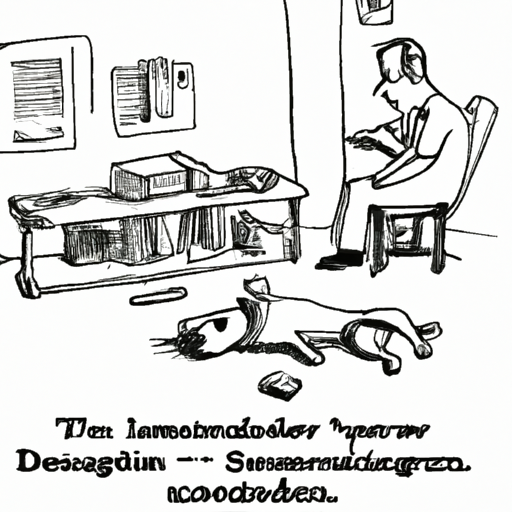Seizures in dogs are not only frightening for the dog, but also for you as a caregiver. This article will provide you with essential insights into why dogs have seizures and how you can best support your four-legged friend during these challenging times.
Understanding What a Seizure Is
Seizures are essentially abnormal, uncontrolled bursts of electrical activity in your dog’s brain. They can manifest in a variety of ways, from odd behavior to uncontrollable shaking. It’s crucial to remember that your dog is not conscious during a seizure and they’re not aware of what’s happening.
Common Causes of Seizures in Dogs
There are a multitude of reasons why your dog may be having seizures. Some of the most common include:
- Epilepsy: This is the most common cause of seizures in dogs. It’s a chronic condition that can be managed with medication.
- Liver disease: If your dog’s liver isn’t functioning properly, toxins can build up in their system and cause seizures.
- Kidney failure: Similar to liver disease, kidney failure can cause a buildup of toxins that lead to seizures.
- Brain tumor: Brain tumors can cause pressure on the brain, leading to seizures.
- Ingestion of poison: Certain poisons can cause seizures in dogs.
Recognizing a Seizure in Your Dog
It’s vital as a caregiver to recognize the signs of a seizure in your dog. These can include:
- Sudden, uncontrolled shaking.
- Pacing or appearing restless.
- Loss of consciousness.
- Drooling or foaming at the mouth.
- Twitching or jerking of the muscles.
How to Respond When Your Dog Has a Seizure
When your dog has a seizure, the most important thing is to keep calm. Your dog needs you to be their rock during this scary time. Here’s a step-by-step guide on how to respond:
- Keep calm: Your dog is not conscious and doesn’t know what’s happening.
- Prevent injury: Move anything sharp or harmful out of your dog’s reach.
- Do not restrain: You can hurt your dog or yourself if you try to hold them down.
- Comfort them: After the seizure, your dog will be confused. Comfort them and let them know they’re safe.
Treatment and Management of Seizures in Dogs
Treatment for seizures in dogs depends on the underlying cause. Medication, dietary changes, and in some cases, surgery, can help manage seizures. Regular check-ups with your vet are crucial to monitor your dog’s condition and adjust treatment as necessary.
| Treatment Option | Purpose |
|---|---|
| Medication | To control and reduce the frequency of seizures |
| Dietary changes | To support overall health and well-being |
| Surgery | To remove tumors or other causes of seizures |
FAQs
What should I do if my dog has a seizure?
Keep calm, prevent injuries by moving any harmful objects out of the way, do not try to restrain your dog, and comfort them after the seizure.
Does a seizure hurt my dog?
While seizures might be frightening to witness, they don’t cause pain to your dog. However, injuries can occur during a seizure, so it’s important to keep your dog safe.
Can dogs live a normal life with seizures?
Absolutely. With proper treatment and care, dogs with seizures can live a healthy, happy life. Regular vet check-ups are essential to manage the condition.
What causes seizures in dogs?
Seizures can be caused by a variety of factors, including epilepsy, liver and kidney diseases, brain tumors, and ingestion of certain poisons.



